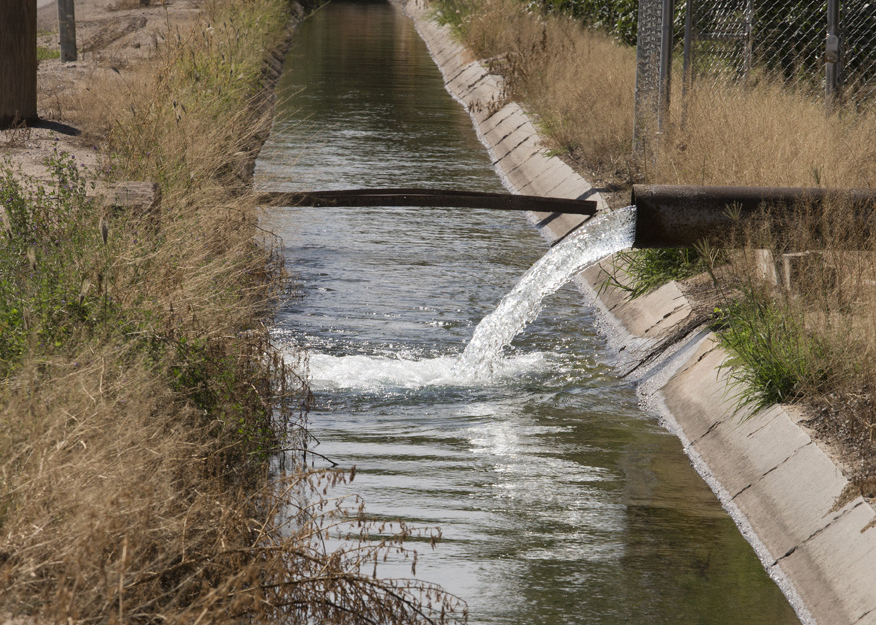Home > Farm > Environment > Ancient Traditions Keep Water Flowing in New Mexico
Ancient Traditions Keep Water Flowing in New Mexico
In partnership with: New Mexico Department of Agriculture
 Acequias are intertwined with New Mexico’s agricultural history, tied into the original establishment of some of the state’s oldest communities. During the Spanish and Mexican colonial period, acequias, which are canal-like structures used for irrigation, were often the first to be collectively constructed along with churches or homes. Growing food was so important that digging out the acequia to bring water to crops was a priority.
Acequias are intertwined with New Mexico’s agricultural history, tied into the original establishment of some of the state’s oldest communities. During the Spanish and Mexican colonial period, acequias, which are canal-like structures used for irrigation, were often the first to be collectively constructed along with churches or homes. Growing food was so important that digging out the acequia to bring water to crops was a priority.
Communities typically grew around an acequia, as neighbors understood the importance of sharing this precious resource. More than four centuries later, acequias remain vital to New Mexico agriculture.
The New Mexico Acequia Association is a statewide membership-based organization dedicated to protecting and promoting acequia agriculture through education, advocacy, and community projects. Paula Garcia, executive director, says what was true about acequias in the past is still true today.
“Acequias came into existence in a very arid environment – much like today – so people had to learn how to share water,” she says.
Today, there are between 600 and 700 community acequias in the state, and they tend to be concentrated in the upper valleys around smaller rivers, although some acequias stem from larger rivers including the San Juan, Rio Grande, Pecos and Rio Chama.
Even as the landscape of New Mexico changed over time, many of those acequias remain intact today because they are tied to individual plots of lands, and communities have maintained them.
“Acequias have brought together communities and neighbors for generations. The acequia is community-owned, but there is also a system of governance so that the acequia is well-maintained, and the allotment of water is fair and equitable,” Garcia says.
In fact, even cleaning an acequia is a community affair. It’s tradition for an acequia mayordomo, or manager, to organize a work crew each spring to dig out silt, brush and debris from the acequia, preparing it for spring runoff.
“The most unique aspect of acequias is that they require the community to come together to make decisions about water usage and problem solve,” she says. “People get a very direct benefit from belonging to an acequia. It’s a very important part of our culture, but also important to the social fabric of our communities.”
Kenny Salazar agrees. A member of the La Mesilla acequia, Salazar uses flood irrigation to supply his 3.5-acre apple orchard.
“I think agriculture would die out entirely if we didn’t have acequias, especially here in northern New Mexico where our tracts of land are much smaller,” Salazar says. “Our plots are between 1 and 20 acres, so we rely on surface water, which comes from the acequias. It’s been in our culture for over 400 years, so everybody has a kitchen garden, a small orchard, alfalfa. We still run cows on federal grazing permits, so it’s a cultural aspect.
“It’s very beneficial to the community to have a beautiful, green place,” he says.
Garcia says renewed interest in acequia irrigation has grown in recent years as the local food movement has taken off. Many acequia members sell produce
at local farmers markets, giving residents access to healthy, locally grown food.
“Families are planting gardens where there haven’t been gardens for a long time. There’s so much more interest in growing food and raising livestock now; there’s a renewed interest in revitalizing the irrigation infrastructure,” she says.



